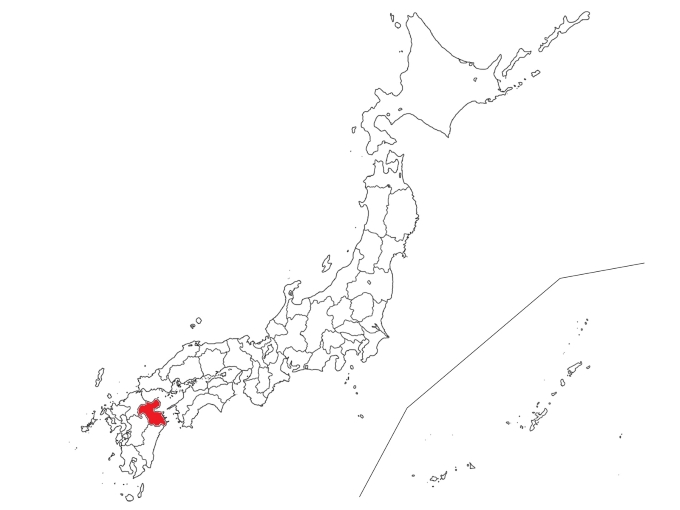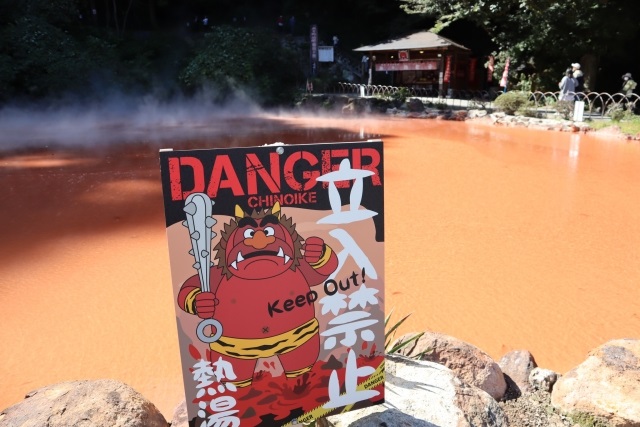Contents
1.Basic Information
Oita Prefecture is known for its representative hot springs in Japan, such as Beppu Onsen and Yufuin Onsen. The Beppu Hell Tour, exploring unique hot springs with different sceneries and water qualities, is especially popular in Beppu Onsen.
Nakatsu Castle (Ooitajyo)
Oita Castle was started by Fukuhara Naotaka in 1597 and completed during the Edo period by the feudal lord Takenaka Shigetoshi, including the construction of the castle tower. Many buildings were demolished in the early Meiji period, and others, including the main gate, were destroyed during air raids in World War II. Today, the castle ruins have been transformed into Oita Castle Park, known as a cherry blossom viewing spot. During the cherry blossom season, about 50 Somei Yoshino trees color the park, attracting many visitors.
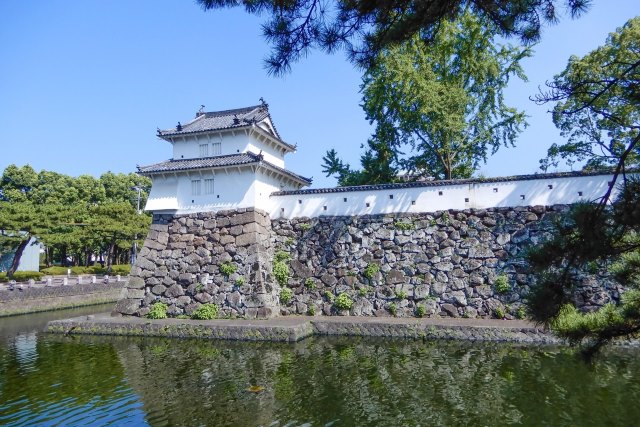
Nakatsu Castle (Nakatujyo)
Nakatsu Castle was started by Kuroda Kanbei in 1588. It is known as a Mizujiro (water castle), where the water level changes with the tide, drawing seawater through a sluice gate. Along with Takamatsu Castle and Imabari Castle, it is counted as one of Japan’s three great water castles. The current Nakatsu Castle tower was rebuilt in 1964, but the original stone walls remain, preserving historical value.
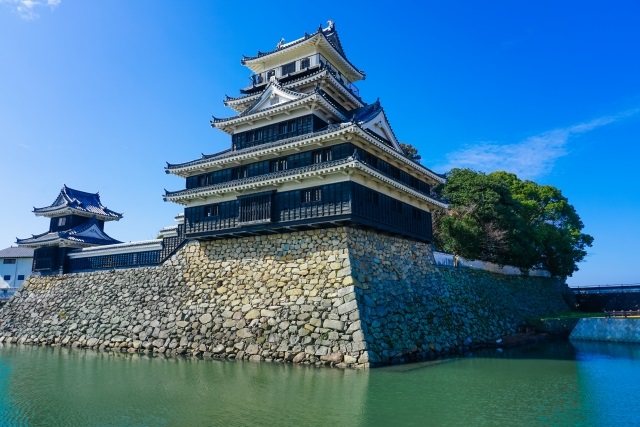
Beppu Hell Tour (Beppu jigoku meguri)
Beppu has been known since ancient times for its mysterious landscapes termed “hells,” due to the continuous eruptions of steam, mud, and hot water. The Beppu Hell Tour includes seven unique hot springs: “Sea Hell,” “Oniishi Bozu Hell,” “Kamado Hell,” “Oniyama Hell,” “Shiraike Hell,” “Blood Pond Hell,” and “Tornado Hell.” For example, “Sea Hell” features a natural cobalt blue spring, and “Oniyama Hell” is home to about 70 crocodiles. Common tickets are available to visit all these hot springs in the Kannawa and Kamegawa areas.
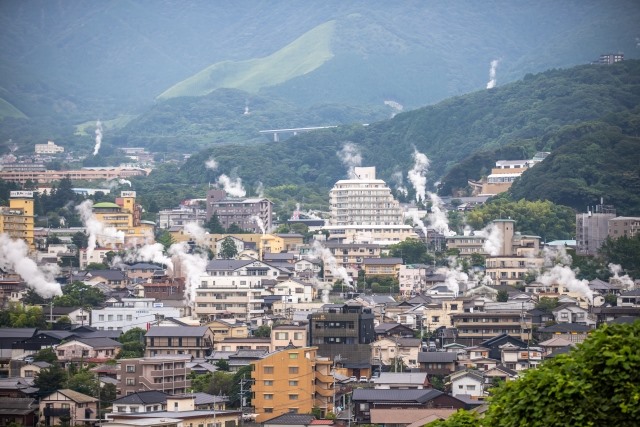
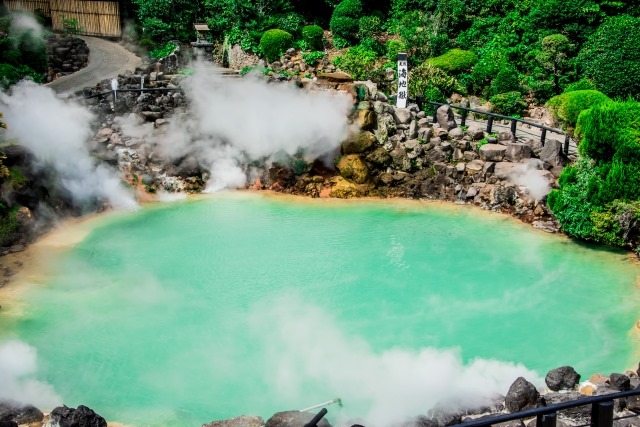
Blood Pond Hell (Chinoike jigoku)
Located in Beppu Onsen, Blood Pond Hell is considered Japan’s oldest natural hot spring. Its characteristic red-hot mud, containing oxidized iron and magnesium, dyes the entire pond red. The pond spans approximately 1300 square meters, over 30 meters deep, with a temperature around 78 degrees Celsius. Originally called “Aka-yu spring” or “Red Pond,” it was later named “Blood Pond Hell” based on Buddhist religious views.
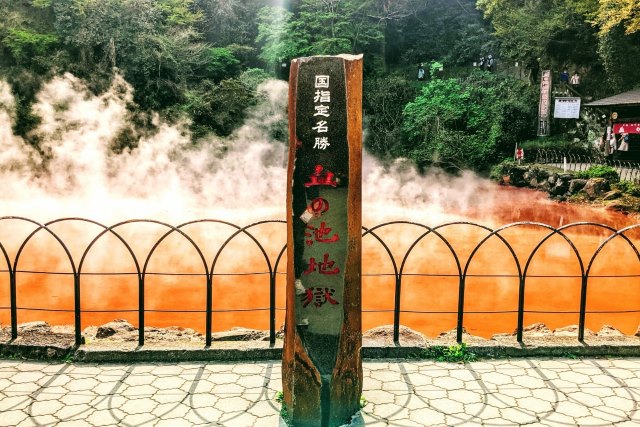
Takegawara Onsen
Takegawara Onsen opened in 1879 and has been loved by locals for over 130 years. The current building, constructed in 1938, features a luxurious roof inspired by castle architecture, making it a symbolic presence in Beppu Onsen. The high-ceilinged lobby retains the atmosphere of the early Showa period, offering a relaxing space after bathing. The famous sand bath allows guests to lie on the sand while staff cover them with hot sand warmed by the hot springs.
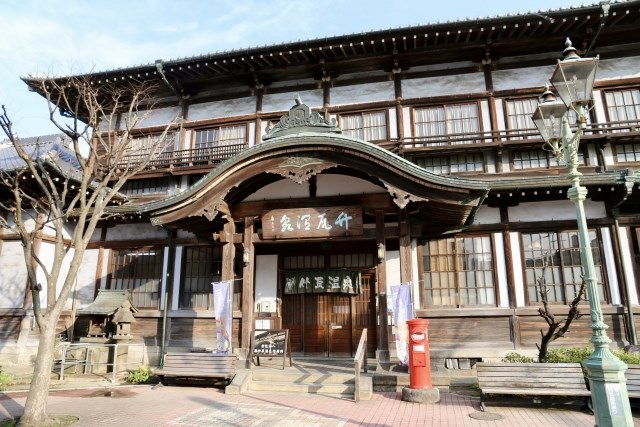
Beppu Usa Shrine (Beppu usajingu)
Usa Shrine is the central shrine among over 40,000 Hachiman shrines across Japan. Founded in 725, the main hall was built in the late Edo period in “Hachiman-zukuri” style, with a cypress bark roof and white walls with red-painted pillars. The enshrined deity is Hachiman, the deified form of Emperor Ojin, believed to be Japan’s oldest historical emperor. The shrine is known for blessings in traffic safety, safe childbirth, and academics, attracting about 1.5 million visitors annually, including around 400,000 during the first three days of the New Year.
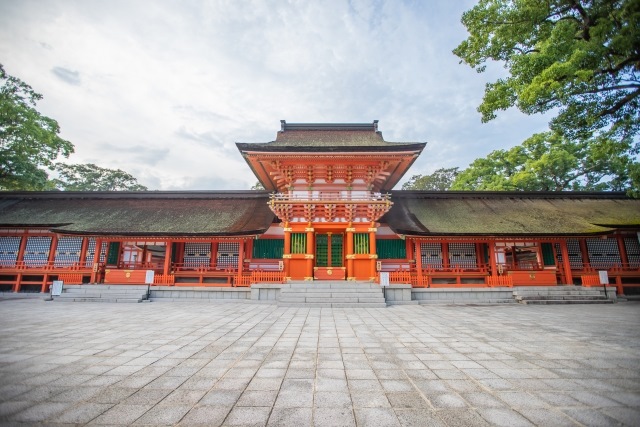
Yufuin Onsen
Mt. Yufu, a trapezoidal volcano, stands at approximately 1584 meters and is also known as Bungo Fuji. It is a famous mountain mentioned in the ancient Japanese poetry collection “Manyoshu.” The Yufuin Basin is known for its beautiful pastoral scenery, especially enchanting in early autumn to winter when shrouded in morning mist. Kinrin Lake, where hot spring water and fresh water spring forth, offers beautiful misty scenes from autumn to winter. The lake area, with walking paths and cafes, is ideal for morning walks and relaxation and is also famous for autumn foliage.
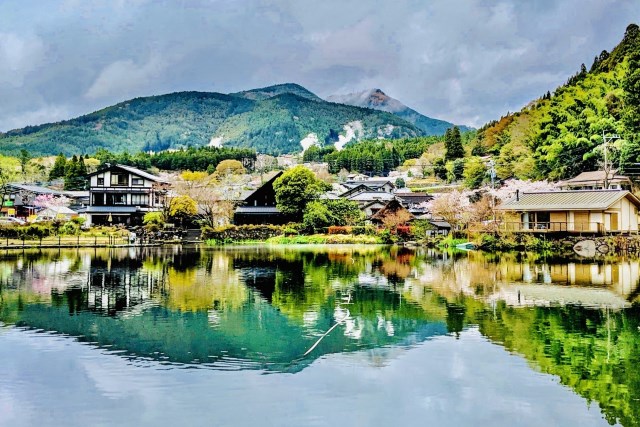
2.Reviews
Jion Waterfall (Jion no taki)
Jion Waterfall has a total drop of about 30 meters, with the upper part dropping 20 meters and the lower part 10 meters. Also known as “Urami Waterfall,” it can be viewed from behind. It is particularly beautiful when lit up at night, offering a different view from daytime. According to legend, a traveling monk once cured a giant snake here. It is said that walking around the waterfall clockwise brings good fortune.
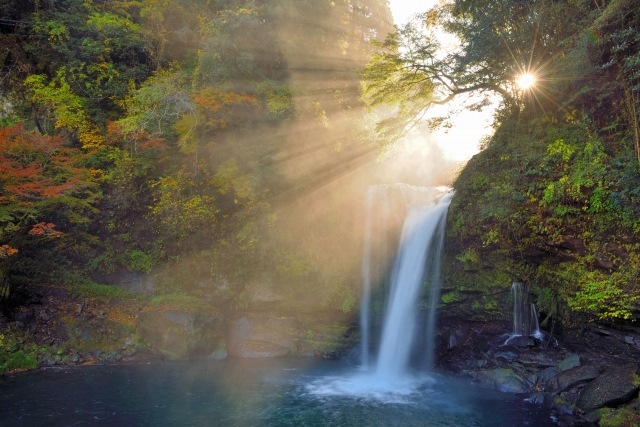
3.Local Food



4.Transportation Information
How to get to Oita Prefecture
Kyushu Tourism Organization Official Site (available in English, Korean, Simplified Chinese, Traditional Chinese, Thai)
https://www.welcomekyushu.jp/pref/?mode=oita
5.Map Information
